So, you’ve decided you’d like to travel to Nicaragua? Maybe you’re looking to get away from the cold for a week or two and check out a different culture. Or maybe you’re scouting Nicaragua out because it’s on a short list of places to spend your retirement in one day.
Whatever your reason for traveling to Nicaragua, you’ll want to make the most of your trip.
Nicaragua is the largest country in Central America, but it’s the least-touristed. For the moment, anyway.
Savvy travelers have started setting aside any preconceptions they may have had about revolutions and earthquakes and are discovering one of most geographically diverse countries in the region at rock-bottom prices.

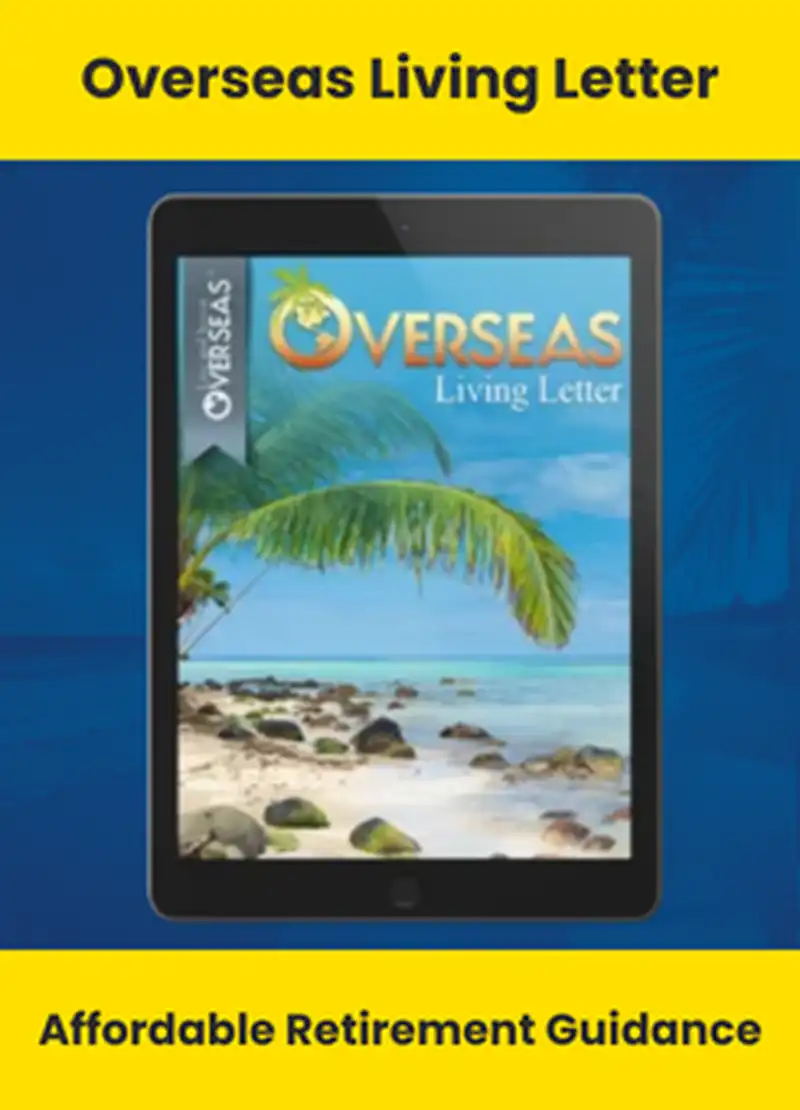






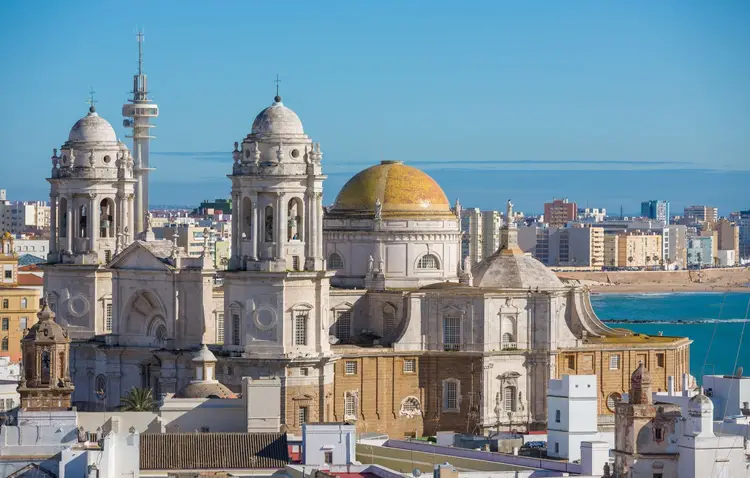 . '
. '
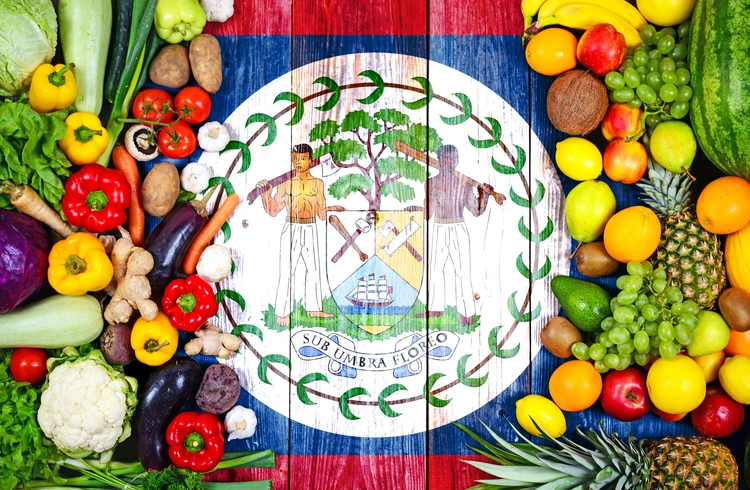 . '
. '
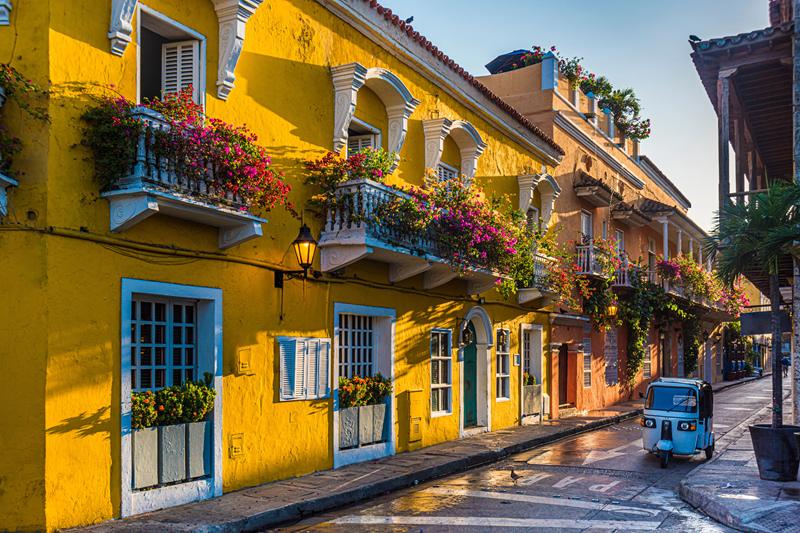 . '
. '
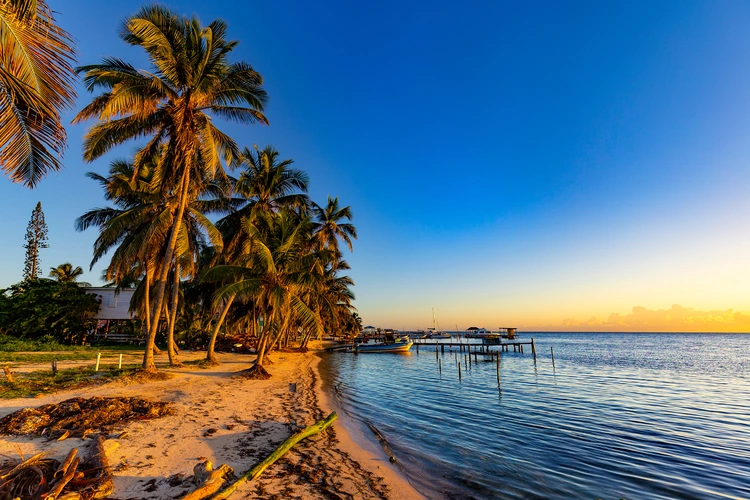 . '
. '
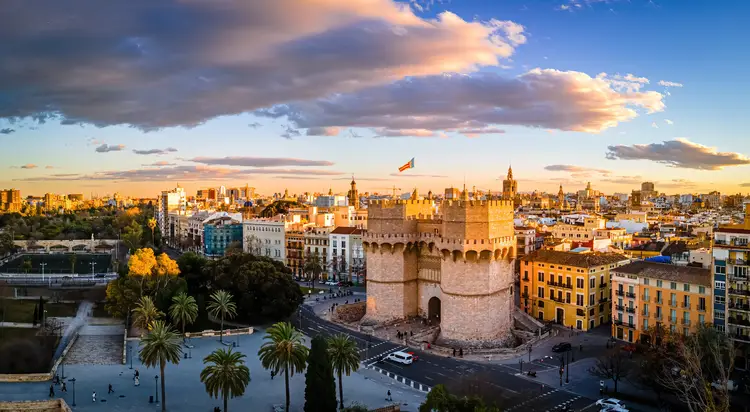 . '
. '








